The Fire Judge Frames
The Fire Judge Frames are remarkable examples of the auricular or Sunderland frame style. Impressive in scale and quality of carving they are also exceptional because they are well documented. The frames were carved and gilded by five frame makers, three of whom were women.
After the devastation caused by the Great Fire of London in 1666, which destroyed most of the City of London, twenty two chief Judges were appointed to preside over the fire court which was in session from February 1667 to September 1672 to settle differences arising between landlords and tenants of burnt buildings and to establish ownership of the land so that the City could be speedily rebuilt. The portraits of these judges, who came to be known as the fire judges, and who gave their time freely, were commissioned by the City Corporation by an order of the Court of Aldermen dated 19th April 1670 and to be kept in some publique place of the citty for a gratefull memorial of this good office.
The twenty two portraits of the Judges in their robes were painted by John Michael Wright between 1670 and 1675. Their good work commanded portraits that were full length and life size and suitably grand and fashionable frames of the day were commissioned to complement them.
On the 14th December 1671 an interesting report regarding the frames was made to the Court,
And Wee also certifye that Wee agreed with Mrs Ashfield and Mrs Flushier for doing the frames of the Judges Pictures (with the Iron worke) at £12 a peece and £15 a peece for the Kings and Duke of Yorkes, eight of the judges were done by Mrs Ashfield which amounts to £96 and five by Mrs Flushier which with the other two amounts to £90 (besides one formerly paid for to Mr. Norris) And Mr. Man hath also expended £5.14.10 in and about the setting up of the said Pictures & other expences relating thereunto All which persons Wee humbly recommend to bee paid by Order of this honoble Court…,
The Chamberlain’s Cashbook shows an earlier entry Paid to John Norris for a carved and gilded frame for one of the judge’s pictures, £14.
It is conjecture that Norris, having designed and carved the prototype, was not given further orders on grounds of cost as the other frames were executed for £12 each.
The frames, carved in oak and assembled on a dry jointed half lapped pine back frame secured with iron work, are fine examples of carved auricular ornament. More sculptural than the standard Sunderland frame of the period they are surmounted by cartouches enriched with festoons of fruit and leaves. Jeremiah Wright, the artist’s brother and member of the Court of Assistants of the Painter Stainers’ Company was paid £6.10s for painting the coats of arms of the Judges within the cartouches at the top of the frames and the name of the sitter within the plaques at the bottom. Though the frames are of the same pattern, being made by five framers, they are not identical in their execution.
John Michael Wright, Sir Thomas Tyrrell, oil on canvas, c. 1671. Inner Temple Hall Gallery.
The portraits were large, being full length, and made even more so by their grand frames, which made it difficult to find hanging space for them. On 5th September 1671 the Court of Aldermen directed that the lower part of the windows of the Guildhall should be boarded over for the pictures to be hung on. This damp and draughty backdrop for the paintings was hardly ideal and was the beginning of their demise. By 1705 the paintings needed restoring suffering further over successive years from over painting, heavy handed restoration and neglect. The frames were successively re gilded until in the early 19th century they were painted black perhaps in step with the Gothic revival taste and for reasons of economy. By 1952 only two were kept, the remainder destroyed, given away or deaccessioned. Nine of these historically important frames were sold to Arnold Wiggins in 1952.
I am grateful to Gerry Alabone for his research on these frames.

